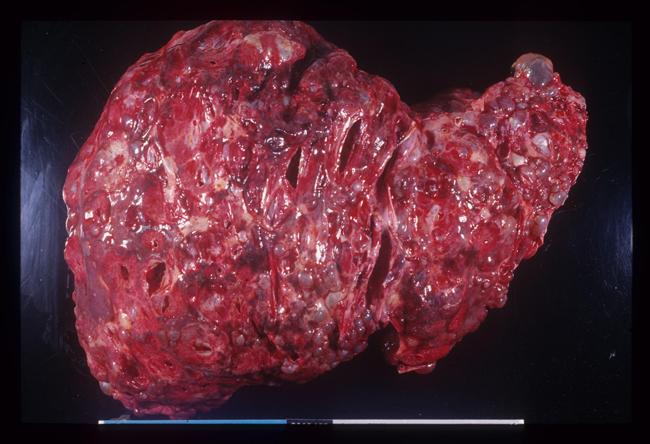
The anabolic androgenic steroids (AAS) are highly toxic to the hepatocyte and cause significant damage, both to the structure and function of the hepatic parenchyma.
Especially the hepatotoxic 17 alkylated orals, which significantly disrupt the excretory function of the organ.
Alkylation of the steroid molecule ensures that the particular substance will sustain the detoxification process of the liver, right after its entrance through the portal vein.
This alkylation stresses the liver and transaminemia occurs (elevated serum values of liver enzymes ALT/AST-SGOT/SGPT>100).
During the period of the preparation, the athlete should abstain from hepatotoxic substances such as ethyl alcohol, paracetamol (acetaminophen), nonsteroidal anti-inflammatory drugs (NSAIDs).
Apart from this, he should use hepatoprotective supplements with meals, since supplementation provides medical prevention and ensures that liver enzymes are not that much elevated.
Supplements with hepatoprotective capacity include:
1) The ursodeoxycholic acid (UDCA) is a bile salt that is mainly used in the formula of cholestatic liver disorders.
It reduces cholesterol in bile and stones, reduces the excretion of cholesterol from the liver cells and reabsorption in the gut.
It is extremely useful in cases of cholestasis, where jaundice occurs.
Its use has been found to improve clinical symptoms of jaundice and liver biochemistry as well (decrease ALP, γGT, Bil).
2) The glutathione (GSH) is a tripeptide consisting of three amino acids (glutamine, cysteine, glycine) and is the most powerful antioxidant in nature.
It prevents oxidation of red blood cells, helps in detoxification of the liver parenchyma, strengthens the immune system, improves skin quality, brain metabolism and frequently used as an anti-aging agent.safocesion
Glutathione’s action in the liver ensures the removal of the toxic waste products and neutralizes free radicals reactive oxygen compounds and heavy metals.
Injectable-parenteral administration of glutathione ensures its direct action, compared to the oral (per os form), where part of it is degradated by the gastric fluid.
3) N-acetyl-cysteine (NAC) is a precursor of glutathione and used to increase the glutathione reserves in the body.
N-acetyl cysteine is also effective in reducing the death rate and preventing the permanent harm caused by paracetamol (acetaminophen) poisoning.
4) The alpha-lipoic acid (alpha lipoic acid) is a potent antioxidant, that has also been shown that restores glutathione and vitamin levels (vitamin E, C).
Therefore, it is a potent agent against free radicals and oxidative stress.
5) Silymarin (silymarin-milk thisle) is a hepatoprotective substance with multiple actions.
It stabilizes the membrane of liver cells by preventing the entry of toxins into the body.
It increases cell regeneration in the liver and stimulates the synthesis of proteins.
This results in increasing the production of new liver cells replace the old damaged.
It helps prevent the depletion of glutathione in liver cells.
Finally, it promotes the flow of bile from the liver to the intestine, which then cleaves the fats from food.
Silymarin is used in several of the stages of liver disease by AAS as in pharmaceutical hepatitis in fatty infiltration of the liver and cirrhosis.
It does not offer substantially though, in cases of cholestasis.
6) Liv-52 is a mixture of herbal preparation (Basma, Tamarix gallica, herbal extracts of Capparis spinosa, Cichorium intybus, Solanum nigrum, Terminalia arjuna and Achillea millefolium).
It is effective in cases of drug hepatitis, non alcoholic fatty liver disease, and cirrhosis.
It protects the hepatic parenchyma and promoting the regeneration of liver cells.
The protective effect of Liv-52 can be attributed to its diuretic effect too.
7) Finally, lipotropic substances choline-inositol-lecithin, that prevent excessive accumulation of fat in the liver and help nonalcoholic fatty liver disease (NAFLD).